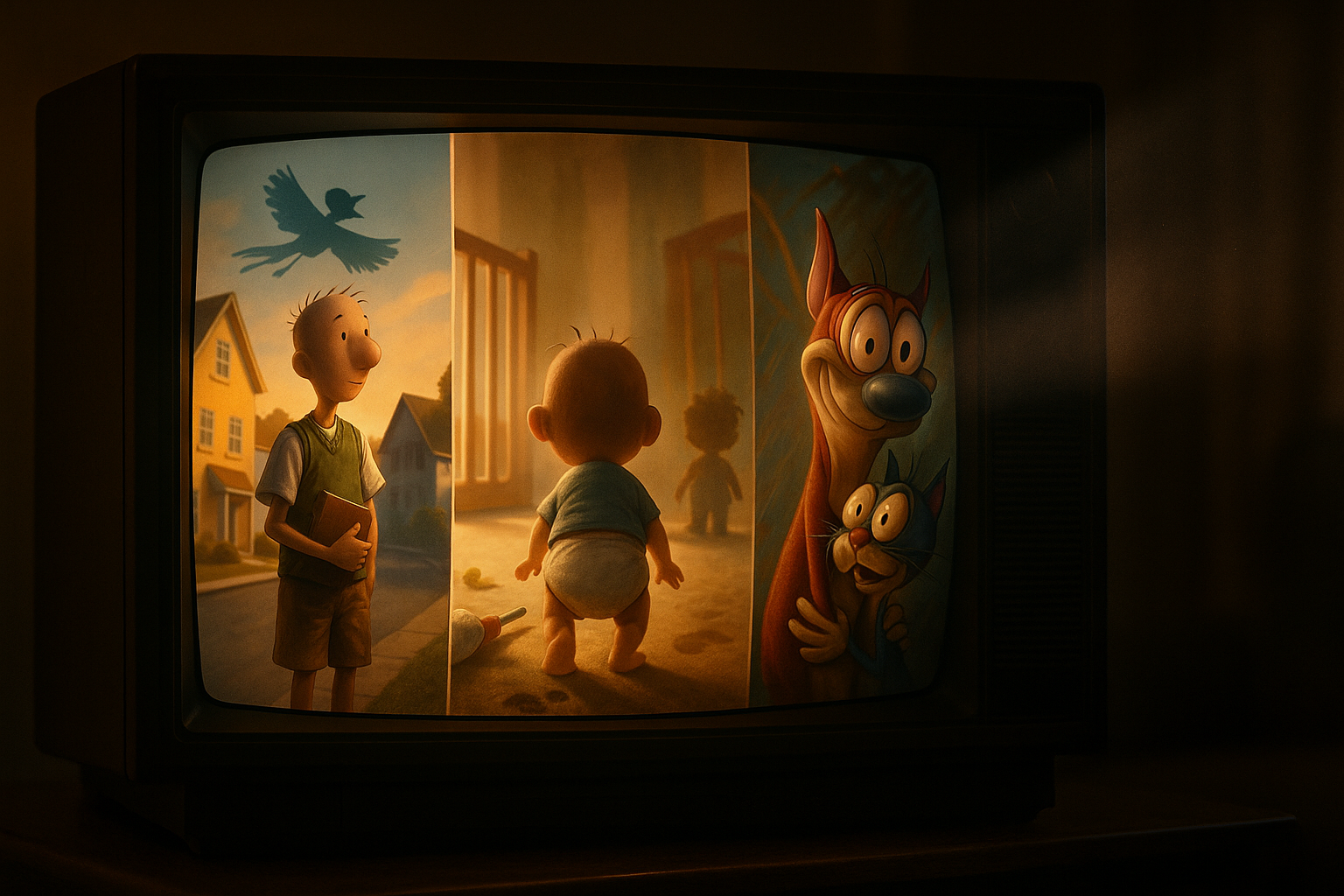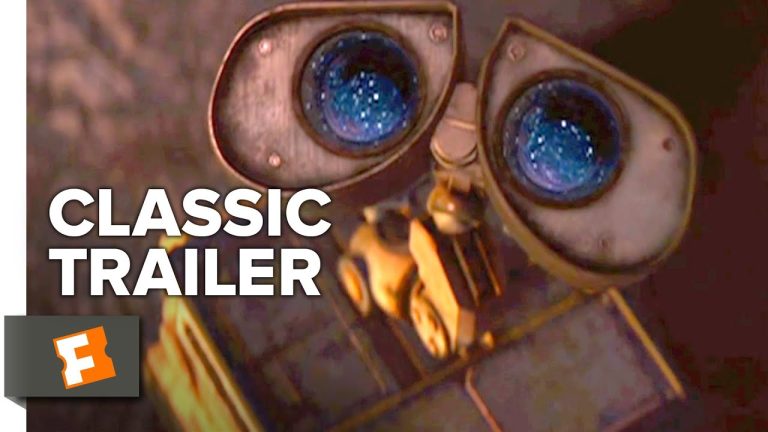34 Years Later: How the First Nicktoons Changed TV Animation Forever

In August 1991, Nickelodeon launched Doug, Rugrats, and The Ren & Stimpy Show, redefining children’s television and sparking a creative revolution that still echoes through the industry today.
On August 11, 1991, Nickelodeon took a bold leap into uncharted territory with the debut of its first original animated series, Doug, Rugrats, and The Ren & Stimpy Show. Branded together as “Nicktoons,” these shows marked a departure from the network’s reliance on syndicated cartoons and paved the way for a new era of creator-driven animation.
Unlike the toy-driven, low-budget fare of the 1980s, these series prioritized the unique visions of their creators. Doug, created by Jim Jinkins and produced by Jumbo Pictures, charmed audiences with relatable slice-of-life storytelling. Rugrats, from Arlene Klasky, Gábor Csupó, and Paul Germain, offered a whimsical, toddler’s-eye view of the world. Meanwhile, John Kricfalusi’s The Ren & Stimpy Show pushed boundaries with grotesque humor and high-quality animation inspired by Golden Age cartoons.
The trio’s variety was no accident. Then-Nickelodeon president Geraldine Laybourne sought out animators frustrated by the creative constraints of traditional studios. By giving them freedom to pursue their visions, Nickelodeon tapped into a spectrum of tones, from heartfelt and grounded to anarchic and surreal, that appealed to kids and adults alike.
Their impact was seismic. Rugrats ran for nine seasons, spawned three theatrical films, and even earned a star on the Hollywood Walk of Fame. Doug was acquired by Disney, where it continued its run with new episodes. The Ren & Stimpy Show, though controversial for its edgy content, became a cult phenomenon and a touchstone for irreverent animation.
Beyond their own success, the first Nicktoons proved that children’s programming could be both commercially viable and critically acclaimed. This opened the door for other networks to invest in creator-led animation, influencing series like Beavis and Butt-Head on MTV and Cartoon Network’s Dexter’s Laboratory and The Powerpuff Girls.
Today, as the 34th anniversary is celebrated, nostalgia blends with recognition of the creative risk that paid off. For the generation that grew up with Doug’s daydreams, Tommy Pickles’ adventures, and Ren & Stimpy’s chaotic energy, these shows were more than cartoons, they were a sign that television could trust kids with smarter, bolder storytelling.
In an industry now crowded with original animated content, the debut of the Nicktoons remains a watershed moment, a reminder that sometimes, giving creators the keys changes everything.






